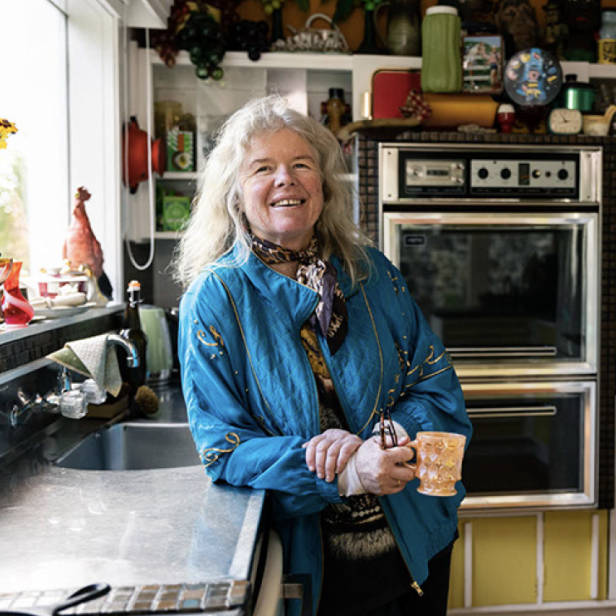Jonathan Dalton: All is in Order
Challenging us to decipher what is real and what is unreal, Jonathan Dalton asks us to keep our critical thinking at the fore.
Words: Luke Létourneau
Jonathan Dalton paints still lifes that are too perfectly symmetrical, rounded and smooth to be photo realistic. He has come to term his genre of realist painting as theatrical realism, bringing drama to his subjects through an uncanny order which ultimately highlights the constructed nature of his images.
Dalton’s new exhibition This Brutal, Muted Serenity represents a further exploration of still life and its relationship to the act of looking, or more specifically the act of looking for narrative.
This Brutal, Muted Serenity is Dalton’s fourth solo exhibition with Nanda\Hobbs, the Sydney-based commercial art gallery. Dalton, who was born in Dublin, started his art career with a photography business before teaching himself painting. He has lived and worked in his native Ireland and Barcelona, Spain before moving to Australia in 2013. In 2017 his portrait of Lottie Consalvo and James Drinkwater was accepted into the Archibald Prize, and he has been a finalist each year since.
Looking at each of his Archibald entries and at his previous solo exhibitions with Nanda\Hobbs – The Remnants of a Migrant’s Tale, 2016, A Beauty Imperfect, 2017, and The Immoral Symmetry, 2019 – it is clear he has an evolving interest in the themes of order, imperfect perfection and narrative.
The centrepiece artworks of Dalton’s new exhibition include three paintings, each with a fishbowl as its key feature. Dalton makes reference to three of contemporary art’s defining spectacle-makers: Andy Warhol, Jeff Koons and Christo and Jeanne-Claude. In one bowl we find a replica gold balloon dog, the second is a Campbell’s Fish Soup, and in the third we see no fishbowl at all but assume it is the object wrapped beneath the sheeny silver fabric tied with blue string.
Dalton tells us its sea water collected from Little Bay in a fishbowl, and it is that which is shrouded by the fabric (the Little Bay water is in reference to Christo and Jeanne- Claude’s 1968 public artwork wrapping Little Bay for 10 weeks in one million square feet of fabric). This invitation to be believed is an interesting one on Dalton’s part, in that it brings attention to him as the author and his labour involved in constructing his reverential image. But is that the truth? Does it matter? Well, it must because he is telling us.
This wry attitude is exaggerated in the Warhol-referenced submerged Campbell’s soup can. Warhol never reproduced the Fish Soup in his Campbell’s Soup Cans series precisely because Campbells has never released a fish soup recipe. So why is Dalton dealing in fakes?
There has never been a moment in history where the circulation of images has been as intense as it is today. If you have a smartphone, making, consuming and distributing images is essentially part of the deal. Without applying critical thinking skills, it can be easy to lose your bearings among the deluges.
Dalton’s paintings are in a dialogue with their own construction, and your role as an audience is to read the images as a construction and to keep critical thinking skills at the fore. The unnatural precision of his paintings can feel disconcerting and yet it traps you. As your eye travels around the canvas, it becomes easy to latch on to the seemingly specific number of perfect items in the painting and apply a personalised symbolism to the scene. Dalton invites you to piece together a narrative, but through little inconsistencies and fakes, he upends the task. The joy to his paintings is that they are reduced so specifically that it actually evades tying its narrative into a neat little bow; and so, the interpretive authority lies with everyone and no one.
Featured image: Jonathan Dalton, Flowers and Fish, 2021. Oil on linen, 166 x 132cm. Courtesy: the artist and Nanda\Hobbs, Sydney.
This article was originally published in Art Collector issue 99, January-March 2022.













